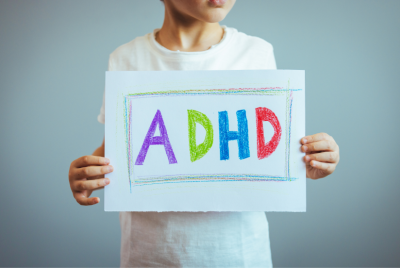Celiac Disease and Lactose Intolerance: Unraveling the Complex Connection
If you’ve ever found yourself wondering about the perplexing world of digestive issues, you’re not alone. “Celiac Disease and Lactose Intolerance” are two terms that often pop up, leaving individuals seeking clarity on what sets them apart and how they might affect their daily lives. In this comprehensive guide, we’ll journey through the depths of these two conditions, exploring their origins, symptoms, and dietary strategies that can help you reclaim control over your digestive well-being.
Celiac Disease and Lactose Intolerance: A Closer Look
Celiac Disease and Lactose Intolerance are two distinct conditions, yet they share the commonality of causing discomfort for individuals. Let’s delve into each of these issues to better understand their impact.
Celiac Disease and Lactose Intolerance Defined
Celiac Disease is an autoimmune disorder where the consumption of gluten triggers an immune response, damaging the lining of the small intestine. This can lead to a range of symptoms such as abdominal pain, bloating, fatigue, and even skin rashes.
On the other hand, Lactose Intolerance is the body’s inability to digest lactose, a sugar found in milk and dairy products. This occurs due to a deficiency of the enzyme lactase, responsible for breaking down lactose. Symptoms include gas, diarrhea, and stomach cramps after consuming lactose-containing foods.
The Dance Between Them
Interestingly, these two conditions can often be seen dancing a complicated tango, making diagnosis and management even more intricate.
Overlap and Misdiagnosis
Due to the similarity of symptoms, individuals with Celiac Disease may sometimes exhibit symptoms akin to Lactose Sensitivity. This can lead to misdiagnosis, where the underlying cause remains unaddressed.
The Triggering Effect
Celiac Disease can potentially trigger Lactose Intolerance. When the small intestine is damaged by the immune response to gluten, the ability to produce lactase might be compromised, leading to secondary Lactose Intolerance.
Unmasking the Symptoms: How to Tell the Difference
Spotting the nuances between Celiac Disease and Lactose Intolerance symptoms can be like deciphering a puzzle. Here’s a handy list to help you distinguish between the two:
Celiac Disease Symptoms
- Digestive issues (abdominal pain, bloating, diarrhea)
- Fatigue and weakness
- Skin problems (itchy rash known as dermatitis herpetiformis)
- Unexplained weight loss
Lactose Intolerance Symptoms
- Gas and bloating
- Diarrhea
- Stomach cramps and discomfort
- Nausea
FAQs About Celiac Disease and Lactose Intolerance
1. Can you have both Celiac Disease and Lactose Intolerance simultaneously?
Absolutely, it’s possible to have both conditions. The damage caused by Celiac Disease can trigger or exacerbate Lactose Intolerance.
2. Are there any tests to diagnose these conditions?
Yes, blood tests and biopsies are common methods to diagnose Celiac Disease. Lactose Intolerance is often diagnosed through lactose tolerance tests.
3. Is dairy completely off-limits for those with Celiac Disease?
Not necessarily. While dairy itself isn’t a problem for Celiac Disease, it might be problematic if you have secondary Lactose Intolerance due to intestinal damage.
4. Can children develop these conditions?
Yes, both children and adults can develop Celiac Disease and Lactose Intolerance.
5. Are there any alternative flours for those with Celiac Disease?
Absolutely, there’s a wide range of gluten-free flours like almond flour, coconut flour, and rice flour that can be used as alternatives.
6. Can Celiac Disease be outgrown?
No, Celiac Disease is a lifelong condition. However, with a gluten-free diet, symptoms can be effectively managed.
Navigating the Culinary Landscape: Dietary Management
Taking control of your diet is a crucial aspect of managing Celiac Disease and Lactose Intolerance. Let’s explore some practical strategies for dining with confidence.
Gluten-Free Delights
Adopting a gluten-free lifestyle is essential for those with Celiac Disease. Incorporate naturally gluten-free foods like fruits, vegetables, lean proteins, and whole grains like quinoa and rice. Be cautious of processed foods that might contain hidden gluten.
Lactose-Light Choices
For Lactose Intolerance, embracing dairy alternatives such as almond milk, soy milk, or lactose-free dairy products can be a game-changer. Experiment with these options to find what suits your taste buds.
Conclusion: Embracing Knowledge for a Healthier You
In the world of dietary sensitivities, “Celiac Disease and Lactose Intolerance” stand out as two significant concerns. Armed with the information provided here, you’re better equipped to navigate the complexities of these conditions. Remember, understanding your body’s needs and making informed dietary choices can lead to a more fulfilling and comfortable life, one delicious bite at a time.




